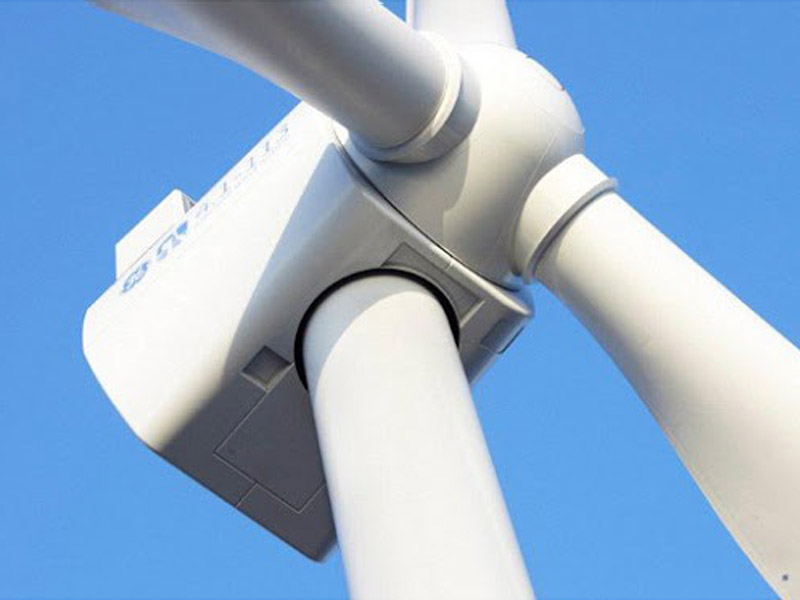Nov . 12, 2024 03:15 Back to list
laminated float glass
The Importance of Laminated Float Glass in Modern Architecture
Laminated float glass has become an essential element in modern architecture, blending aesthetics with safety and functionality. This innovative material combines multiple layers of glass, typically with a layer of polyvinyl butyral (PVB) or other interlayers, to create a durable and resilient product. The use of laminated float glass not only enhances the visual appeal of buildings but also provides critical advantages in terms of safety, sound insulation, and energy efficiency.
One of the primary benefits of laminated float glass is its superior safety characteristics. In the event of breakage, laminated glass holds together due to the interlayer, minimizing the risk of injury from sharp shards. This feature makes it an ideal choice for various applications, including windows, facades, and skylights in commercial buildings, as well as in residential constructions. Given the increasing emphasis on safety in modern architecture, laminated glass is increasingly specified in projects, particularly in areas prone to extreme weather conditions or natural disasters.
Moreover, laminated float glass also offers enhanced sound insulation. The additional interlayer absorbs sound waves, making it an excellent choice for buildings located in noisy environments, such as urban centers. This attribute not only provides comfort for occupants but also contributes to a better quality of life. Architects and designers often leverage this advantage to create serene indoor environments, making laminated float glass a popular choice in schools, hospitals, and offices where noise reduction is a priority.
Energy efficiency is another critical factor driving the popularity of laminated float glass in modern architecture. The interlayer can be engineered to improve thermal insulation, reducing the transfer of heat and cold. This capability can lead to significant energy savings, as buildings require less energy for heating and cooling. Additionally, laminated glass can be treated or coated to enhance solar control, further optimizing energy performance. In a time when sustainability is at the forefront of architectural design, the energy-efficient properties of laminated float glass align perfectly with green building practices.
laminated float glass

Aesthetically, laminated float glass offers immense versatility. It can be manufactured in various colors, tints, and even patterns, allowing architects and designers to create visually stunning facades and interiors. The transparency and clarity of float glass make it possible to enjoy unobstructed views while still maintaining safety and comfort. The ability to incorporate multiple layers and custom interlayers means that laminated glass can be tailored to meet specific design needs, resulting in unique and striking architectural expressions.
Furthermore, the use of laminated float glass is not limited to commercial and residential buildings; it is also prevalent in the automotive industry and other fields that require high safety standards. In vehicles, laminated glass provides protection against accidents and enhances security, while in solar applications, it helps optimize energy generation by ensuring durability and efficiency.
As technology advances, innovations in laminated float glass are expected to expand its applications even further. New formulations and manufacturing techniques are being developed to improve its performance under various conditions, including increased resistance to impacts, weathering, and UV degradation. Additionally, enhancements in aesthetics, such as frosted or patterned surfaces, are making laminated glass an attractive option for artistic installations and decorative elements in architecture.
In conclusion, laminated float glass represents a significant advancement in building materials, bringing together safety, sound insulation, energy efficiency, and aesthetic appeal. Its application in modern architecture not only reflects the evolving needs of urban environments but also aligns with the global push toward sustainability and resilience. As architects and designers continue to explore the possibilities of this innovative material, laminated float glass is set to play an increasingly vital role in shaping the future of architecture. With its numerous advantages, it is clear that laminated float glass is not just a trend but a mainstay of contemporary design.
-
Safety and Style with Premium Laminated Glass Solutions
NewsJun.24,2025
-
Reinvents Security with Premium Wired Glass
NewsJun.24,2025
-
Premium Float Glass Line for Modern Architecture
NewsJun.24,2025
-
Low Emissivity Glass for Energy-Efficient Architecture
NewsJun.24,2025
-
High-Performance Insulated Glass Solutions for Modern Architecture
NewsJun.24,2025
-
Elevates Interior Style with Premium Silver Mirror
NewsJun.24,2025
Related PRODUCTS














